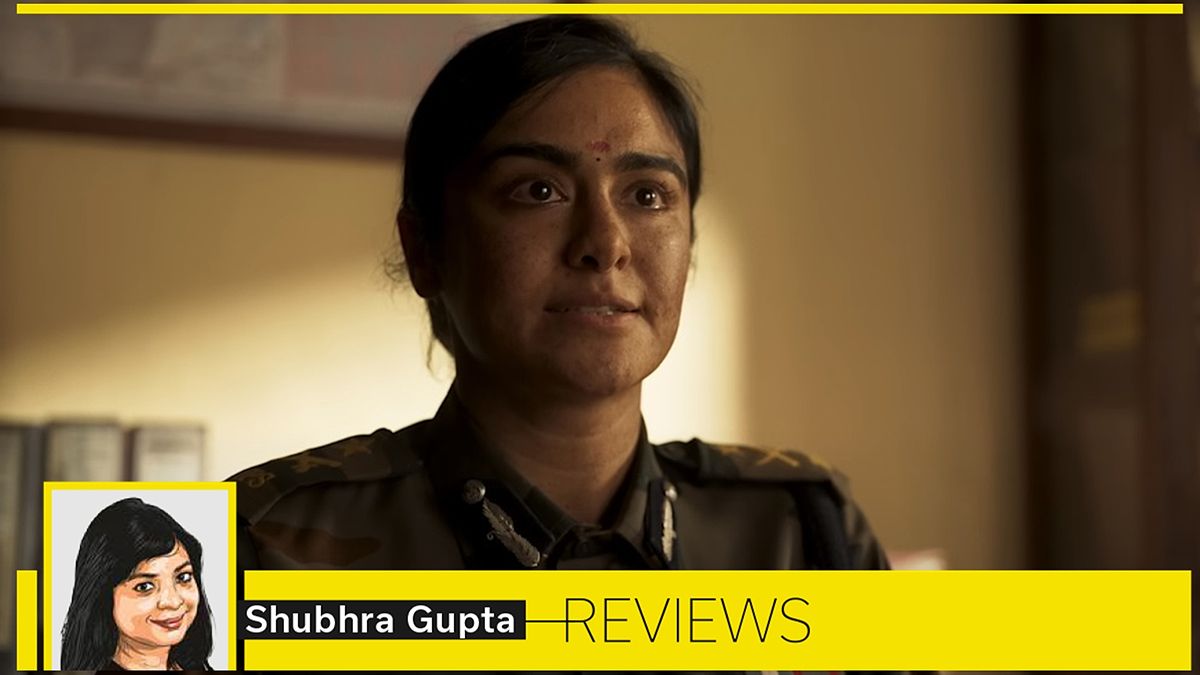A recently released film, 'Bastar: The Naxal Story,' sparks controversy with its simplistic and one-sided portrayal of Naxalism in Bastar. The lack of nuance, selective narration, and failure to explore root causes undermine its potential to contribute meaningfully to the discourse.
Controversial Film Lacking Nuance: Bastar: The Naxal Story
The recently released film, Bastar: The Naxal Story, has sparked controversy and divided opinions among audiences. Directed by Sudipto Sen, the movie is a follow-up to the highly criticized film, The Kerala Story. Unfortunately, it fails to offer any significant nuance or depth, presenting a pitch-black narrative that oversimplifies the complex issue of Naxalism in Bastar.
Just like its predecessor, Bastar: The Naxal Story takes an alarmist approach to the subject matter. The film demonizes the Maoists, portraying them as ruthless killers who operate with impunity along the red corridor. It highlights their alleged connections with leftists, media, Bollywood, NGOs, and a certain university, without explicitly naming it.
Simplistic Portrayal: Lack of Nuance in Bastar: The Naxal Story
The film lacks any nuance, choosing to paint its characters in broad strokes. IPS officer Neerja Madhavan, played by Adah Sharma, advocates for shooting all "left liberals." This statement reflects the film's simplistic and one-sided perspective, labeling anyone with similar beliefs as a target. The journalist character, portrayed by Raima Sen, is depicted as a Maoist sympathizer, while the female lawyer, played by Shilpa Shukla, is portrayed as a smirking antagonist.
While acknowledging the unconscionable violence caused by Maoist outfits in Bastar, the film fails to delve deeper into the root causes of the issue. It conveniently overlooks the role of the state and other private parties in contributing to the Maoist influence in the region. By focusing solely on the brutality of the Maoists, the film misses an opportunity to explore the socio-political factors that led to the rise of Naxalism.
Selective Narration: Bastar: The Naxal Story
Bastar: The Naxal Story also selectively presents incidents and events to support its narrative. The killing of 76 CRPF jawans is highlighted to fuel Madhavan's tirades against anyone who disagrees with her perspective. The film recruits the victim's wife, played by Indira Tiwari, to seek revenge, further reinforcing the film's one-dimensional portrayal of the conflict.
Missed Opportunities: Bastar: The Naxal Story
One glaring omission in the film is the absence of any mention of the so-called "Khan Market gang." By ignoring this influential group, the film overlooks a significant aspect of the Naxalism issue, failing to provide a comprehensive understanding of the situation.
Conclusion: Bastar: The Naxal Story
Bastar: The Naxal Story falls short of expectations, delivering a simplistic and one-sided portrayal of the complex issue of Naxalism in Bastar. The lack of nuance, selective narration, and failure to explore the root causes of the problem undermine the film's potential to contribute meaningfully to the discourse surrounding Naxalism. While it may appeal to those seeking sensationalism, it ultimately disappoints those hoping for a more thoughtful and balanced examination of the subject.

